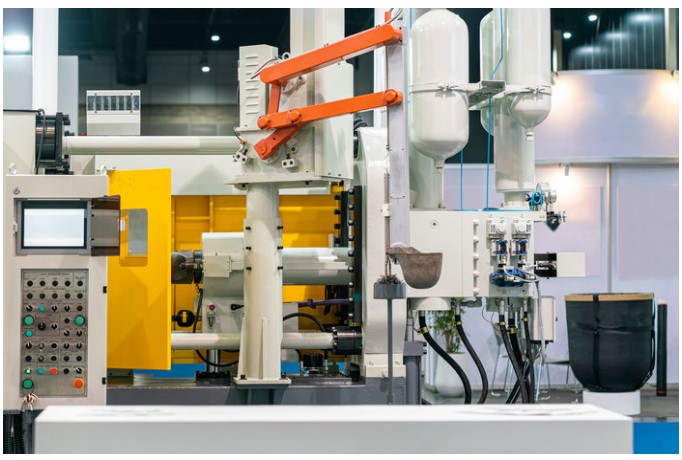In Australia’s rapidly changing world of regulation and operation, for example, it is no longer a luxury to have a robust assurance framework but part of the strategy. However, the true value of quality assurance lies in their power to mature from a compliance-driven mechanism into a powerful tool for coping with uncertainty and Continuous Improvement. Central to this evolution is the integration of a risk register, which turns the framework from being reactive into a proactive mechanism for addressing potential challenges well before they become critical issues.
This blog explores how Australian organizations can reimagine their quality assurance frameworks by embedding risk registers within their systems to not only ensure compliance but also strengthen resilience and agility in an unpredictable world.
Shifting from Static towards Dynamic Quality Assurance
Traditional quality assurance frameworks tend to ensure that processes and outputs meet certain predefined standards. This approach has indeed achieved baseline compliance, but it falls short in addressing the complex nature of today’s operational risk.
Australian businesses operate in diverse sectors, each influenced by unique risks, whether regulatory, environmental, or technological. A static quality assurance framework cannot adapt quickly enough to these evolving threats. Integrating a dynamic risk register bridges this gap, creating a system that actively identifies, monitors, and mitigates risks in real time.
The Role of the Risk Register in Quality Assurance
A risk register is not just a list of potential threats but a strategic tool that connects risk management to the goals of the organization. If embedded in a quality assurance framework, this will enable:
Risk Identification Ahead of Time
By embedding a risk register, businesses can identify risks at every stage of a process, from design to delivery. For example, in Australian manufacturing, the risk of disruption in supply chains or non-compliance with safety standards can be flagged in advance to avoid such incidences.
Improved Decision Making
A quality assurance framework enriched with a risk register provides actionable insights that inform strategic decisions. Leaders can prioritize resources based on the severity of the risks, ensuring efforts are focused where they matter most.
Continuous Improvement
Risks identified through the register can be used to refine processes and policies, fostering a culture of learning and adaptation. This aligns with Australia’s emphasis on continuous improvement in industries such as construction, healthcare, and mining.
Quality Assurance Framework Meets Risk Register: A Practical Approach
Incorporating a risk register into a quality assurance framework requires more than just alignment; it requires a rethink of workflows, metrics, and accountability.
-
Mapping Risks to Quality Objectives
Start by aligning the risk register with the core objectives of your quality assurance framework. For instance, contamination or supply chain delays are some of the risks that should be aligned with quality metrics such as product safety and on-time delivery regarding an Australian food processing company.
-
Embedding Risk Reviews into Quality Audits
The risk reviews must be done coupled with quality audits. This would ensure that risks are identified but also updated in case of any change in likelihood and impact. Companies operating in the energy sector in Australia can integrate climate-related risks in their quality assurance audits.
3. Prioritizing High-Impact Risks
Not all risks are equal. A well-structured risk register sorts risks based on their impact and likelihood, making it easier to focus resources where the priority is high without diluted effort.
4. Leveraging Technology
Risk management software can integrate with quality assurance systems to automatically update the risk register and provide real-time monitoring dashboards. This becomes particularly useful for an Australian business that has a very complex, multisite operation.
Australian Context: Why Integration of Risk is Important
The following are specific reasons why integrating risk management into quality assurance is particularly critical in Australia’s regulatory, geographical, and market dynamics:
Regulatory Compliance: Australian industries are strictly bound by the WHS Act, among other environmental protection laws. A risk register ensures that such obligations are timely detected and covered.
Climate Resilience: Businesses need adequate frameworks accounting for environmental volatility, given their operations are regularly affected by various climate-related risks, such as bushfires and floods.
Global Competitiveness: Australian companies that compete internationally will have an advantage with a risk-aware quality assurance system that is globally competitive yet sensitive to local challenges.
The Long-Term Benefits of Integration
Embedding a risk register into a quality assurance framework delivers benefits that extend far beyond compliance:
Improved Stakeholder Trust
Transparency in risk management builds trust among stakeholders, from regulators to customers and investors.
Operational Resilience
By addressing risks proactively, organizations can minimize disruptions, ensuring business continuity.
Cultural Shift
Integration of risk management thus fosters accountability culture where workers can identify risks and take controls as part of daily routines.
The Future of Quality Assurance in Australia
Tomorrow’s quality assurance framework needs to be agile, robust, and deeply interwoven with risk management if Australian businesses are battling increasingly complex problems. A risk register is not an afterthought; it is the basic building block that makes quality assurance dynamic and creates a strategic game plan for success.
By embracing this approach, organizations will be able to lead through uncertainty with confidence, setting new benchmarks in operational excellence and stakeholder satisfaction within Australia’s competitive landscape.
The risk register within a quality assurance framework is not just a technical development but a strategic evolution of what quality will mean in the modern Australian workplace. It is now time to embrace such a shift and position your organization for a future in which resilience and adaptability are the ultimate measures of success.

